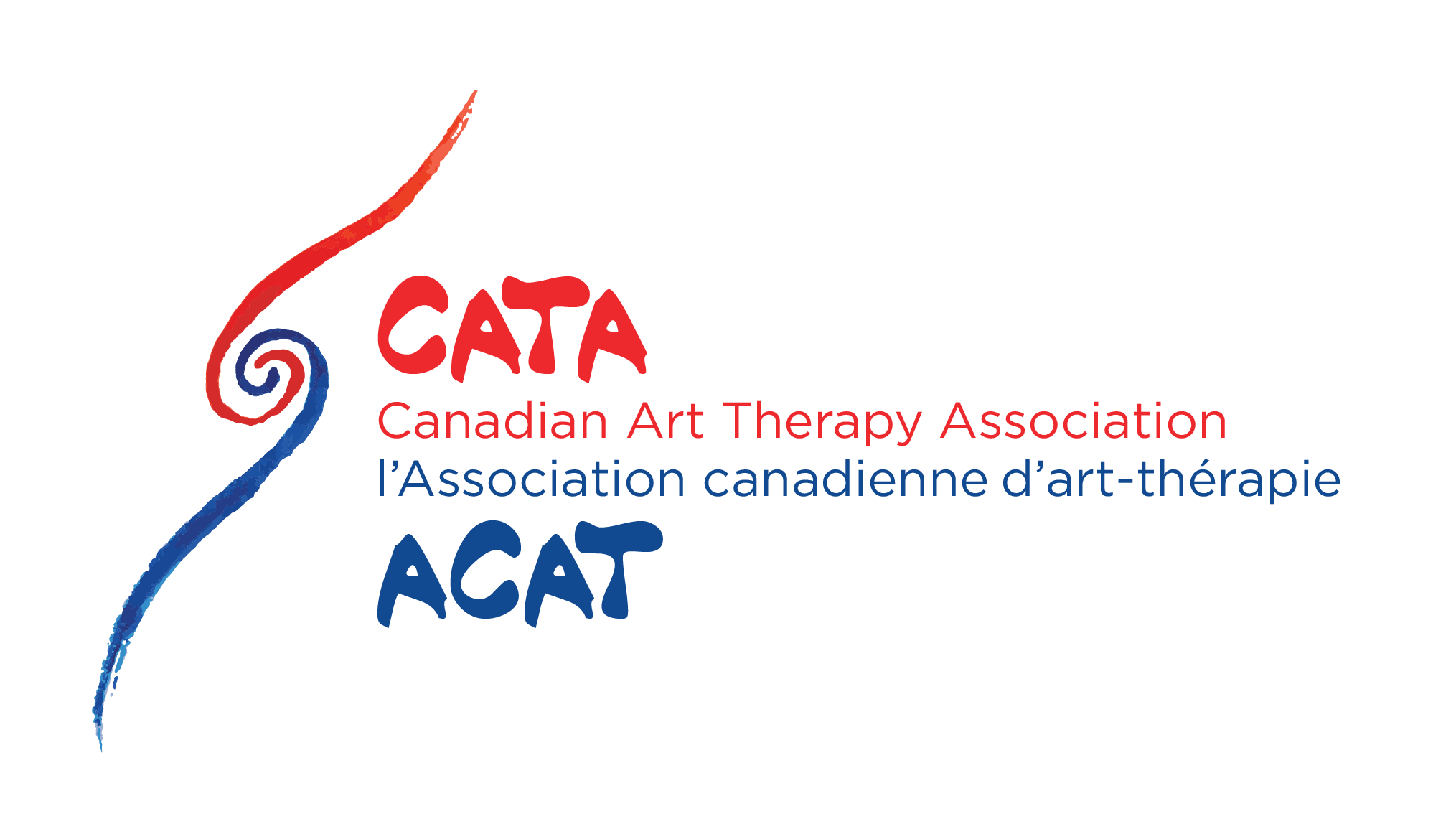Art as a Noun or Adjective?
John Faul (MD, FCFP, RCAT, REAT)
Calgary, AB
John practices as a family physician in Calgary, and as an expressive arts therapist and professional coach. His post-graduate studies are in Jungian psychology and Visual arts. He is currently pursuing his master of fine arts degree in painting at Lesley University.
Many art therapists have their own creative practices in their own studios painting, drawing, sculpting, print making, writing and making music. The artist has a very individual way of observing art pieces created. This paper examines the way of looking at one’s own art. I focus on painting as I identify myself as a visual artist, specifically as a painter.
Painting is vying for attention with new art forms that are dynamic and flourishing. These forms include installation, video, and performance (Mellick & Morrill 2014). Contemporary artists are attracted to and continually adapt in order to tackle contemporary issues through these new art forms. They have also re-visioned painting as a medium to present their artistic commentaries.
Mud sally. Encaustic pigments on board, 12” x 12”, 2021.
Analysis of art frequently involves comparisons: art pieces are examined for their differences and resemblances when compared with each other (Barnet, 1993). How is art viewed in our contemporary time? A notion is understood as an ideational impression, an impactful belief, a conceptual feeling of kind, and a patterned design of such. The premise of this paper focuses on the comparison of the notion of art as a noun and art as an adjective. These notions are different. Applied to art, noun vs. adjectival, is similar as image vs. imaginary, virus vs. viral, and archetype vs. archetypal.
From the position of a noun, what is stated is vertical and perpendicular. Nouns are up and down. A noun stops. With a noun one knows what it is and what it is not. Nouns attribute. Nouns are similar to clear cut definitions. Nouns are very narrow and calculated notions of what exactly is meant.
From the position of adjective, what is stated is lateral and has a horizontal stretch. Adjectives describe more than just a defined viewpoint. Adjectives go on and on. There is no end as there is always more. Adjectives modify. Adjectives are descriptive. Adjectives are wide and broad. They are ambiguous and inherently random.
Many artists create from the notion of a noun. These works capture an image that may be considered as literal, rational, and representational. When talking about such art pieces, the artist declares in very definitive and exact terms what is presented. Such a work is what it is. From a psycho-analytic perspective, these works are archetypes with a formulated meaning and a clarified interpretation.
Some artists create from the notion of an adjective. These works are considered imaginary and fantastical. From a psycho-analytic perspective, art works informed by an adjectival view are archetypal. When viewed, these works are not considered literal and nominal, but rather symbolic and metaphorical. But there is more. Such works not only define, like a noun, neither describe, like an adjective. They go a bit further as I sense that ‘noun-art’ and ‘adjective-art’ can both be entertained as symbolic and metaphorical. I posit that art produced from the notion of the adjective also invites the experiential and mysterious. The author painted 2 paintings from the position of an adjective. The paintings are descriptions of the inner place where the first stirrings are for a choice to eventually form. The images attempt to describe the beginning sprouts from where there will eventually be a choice made. This place can be named a sally.
Tawny sally. Encaustic pigments on board, 12” x 12”, 2021.
When the viewer experiences an art work, how is this to be understood? Moore (1989) writes about what an experience is as, ”Every notion in our minds, each perception of the outer world, every physical sensation and spontaneous emotion in ourselves, goes through a psychic organization in order for it ‘to happen’ at all. Every feeling, sensation, and observation primarily occur as a psychic event by firstly experiencing a fantasy image” (p. 17). The encounter of such a fantasy image is deeply rooted and structured as an archetypal meeting. Life is experiential. It can be surmised that all life experiences are archetypal encounters. Art, as an adjective, attempts to describe the experiential. Hillman (2004) declares that any experience termed as ‘archetypal’ is immediately valued as universal, trans-historical, basically profound, generative, intentional, and necessary. When an art piece is experienced, one can almost say, it is very nearly godly.
Adjectival art describes what noun art defines. Nouns try to answer ‘What happened here in this experience?’ Adjectives try to answer ‘What was this experience like?’ Many artists work at and on something in their art. Some artists work something out in their art. They work out what an experience describes what the spectator may encounter, or not. Berger (1980) writes that “the will of primitives [to create their art] derives from faith in their own experience and a profound skepticism about society as they have found it” (p. 75).
To create art informed from the adjectival or experiential position, is not a new idea, but may have faded during postmodernist times. McNiff (2004) discusses that imagination is a middle realm where the interplay of inner personal and outer interpersonal worlds take place. In this middle realm is where experiences of individuals open to new perspectives that are unfettered by fixed ideas.
In conclusion, in this contemporary time there is a need to connect with one’s creative self more than ever. The stimulation from a dominating visual culture is overwhelming, but also offers opportunities to deepen experiences that depend on how these are viewed, grounded, and articulated.
References:
Barnet, S. (1993). A short guide to writing about art. Harper Collins.
Berger, J. (1980). About looking. Random House.
Hillman, J. (2004). Archetypal psychology. Spring Publications.
McNiff, S. (2004). Art heals. Shambhala.
Moore, T. (1989). A blue fire. HarperPerennial.



